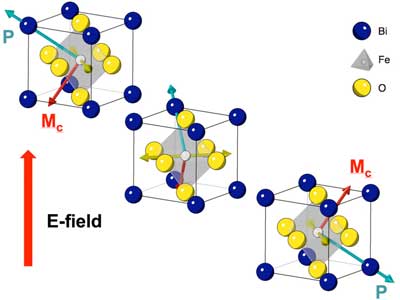
Monday, December 3, 2018
Turning stem cells into bone with nanoclay-reinforced hydrogel
Borophene advances as 2-D materials platform

Targeting sepsis, the leading cause of ICU deaths, with a nanocarrier-delivered microRNA

New quantum materials could take computing devices beyond the semiconductor era

Colloidal quantum dots make LEDs shine bright in the infrared

Capturing the surprising flexibility of crystal surfaces

Nanoscale tweezers can perform single-molecule 'biopsies' on individual cells

Graphene unlocks new potential for 'smart textiles'

Inexpensive new nanomaterial has applications ranging from biomolecule detectors to solar energy conversion

The force of the vacuum

Subscribe to:
Comments (Atom)
